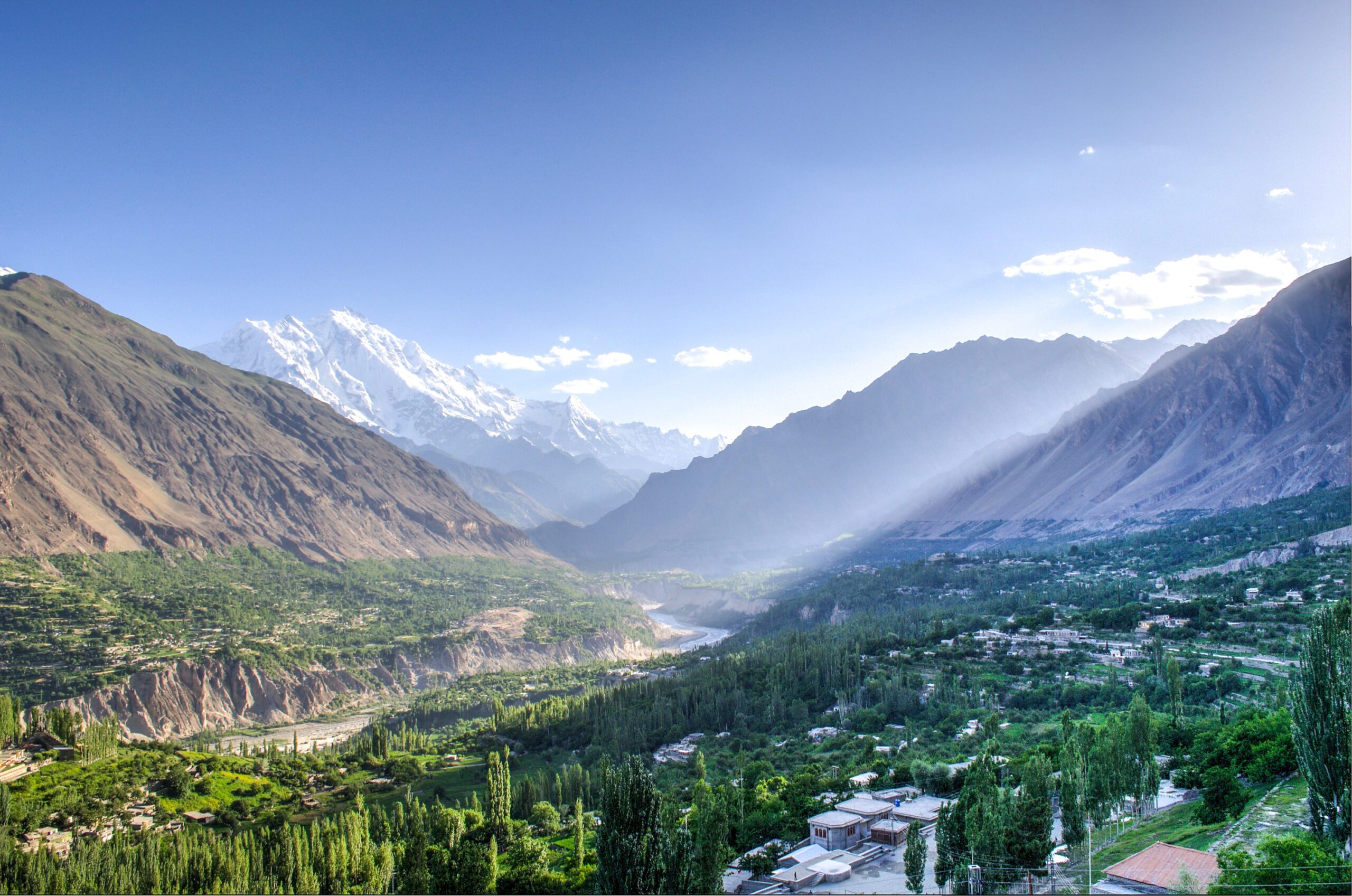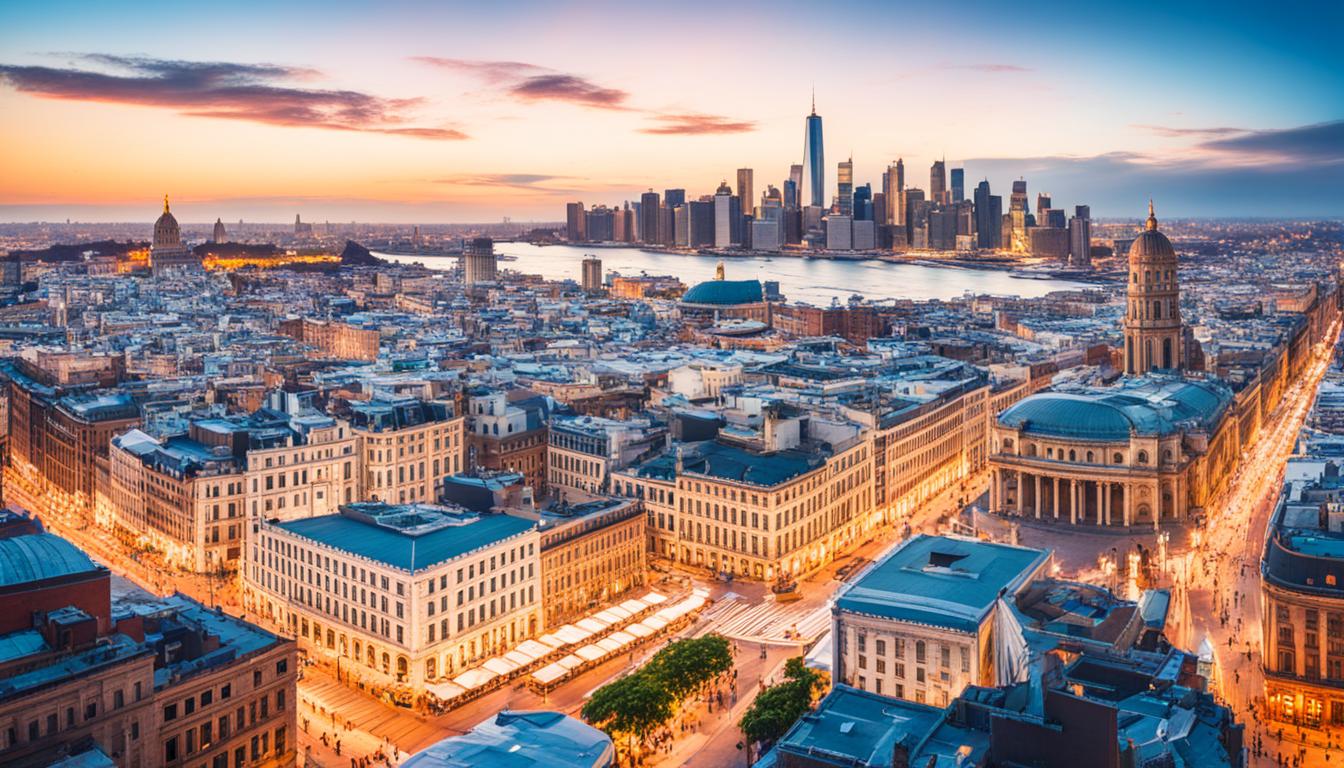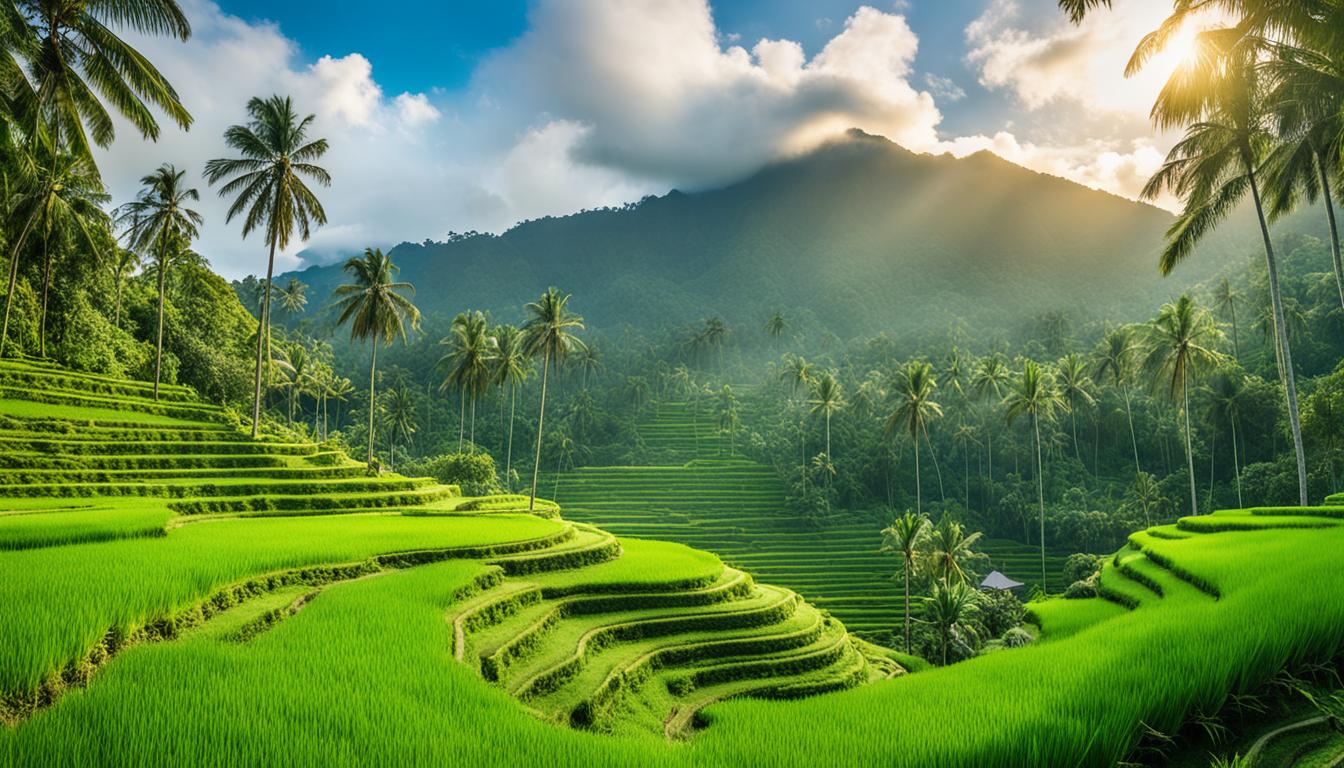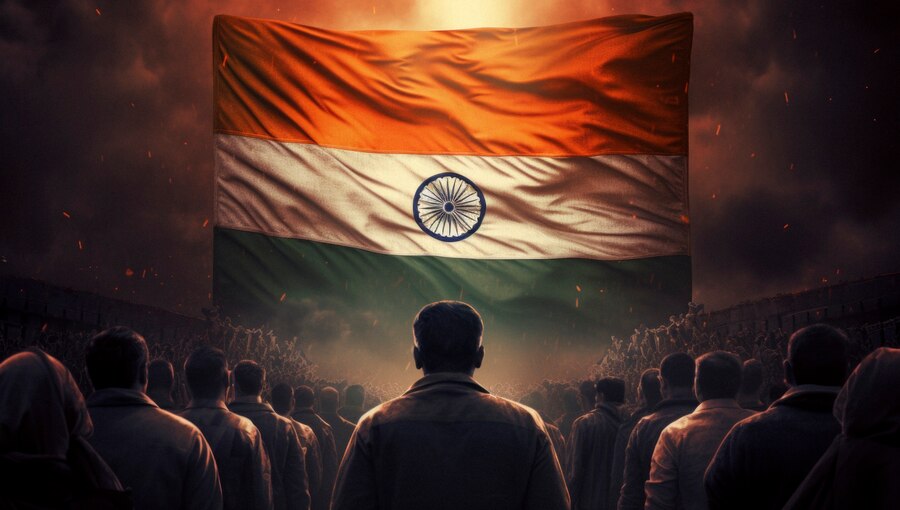
Table of Contents
An Inside Look
India is a country where history whispers through ancient fort walls, where every bite of food carries generations of culinary traditions, and where languages weave together a rich tapestry of culture. Visiting India is like stepping into a world where modernity meets heritage at every turn. This land is home to countless stories, timeless traditions, and endless flavours, making it a traveller’s dream. Whether you’re a history buff, a foodie, or someone curious about diverse cultures, India’s unique blend has something for everyone. In this guide, we’ll explore the best historical places, traditional food, languages, and vibrant culture that define India in 2024.
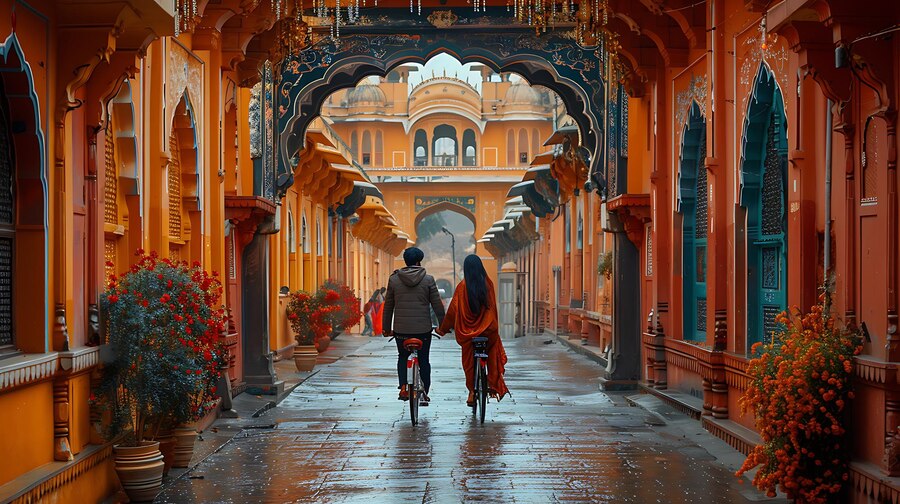
_____________________________________
Best Historical Places in India: A Tour Into the Past
Taj Mahal, Agra. The Taj Mahal can easily be described as the iconic tourist hot spot in India. Of course, no listing of old wonders in India can ever be complete without a glimpse at this marvelous work of art done in marble depicting a true wonder built by Emperor Shah Jahan in the memory of his wife Mumtaz Mahal way back in the 17th century in Agra. White domes with frescoes of eternal love; each time he went there, it would seem different, due to the change of colors by the sun. One could walk around in its gardens, gawking at the way it reflected itself into the Yamuna River, dreaming oneself into an age when poetry was carved into stone. Any traveler can turn guru and share a pro tip-see it in the sunrise when Taj looks set in a soft pink glow; that is why it is one of the New Seven Wonders of the World.
Amber Fort Jaipur: A Glimpse into Royal Rajasthan
India has always been talking about its glorious past and tremendous regalia, at least says Rajasthan with its colorful palaces and rugged forts. And in this category, Amber Fort in Jaipur-the real gem. Sited on a hill over-looking the sacred lake of Maota, this fantastic fort thus evokes the smell of Hindu and Mughal architectures, with mirror work adorning every nook and cranny, plus marvelous spacious courtyards. One can easily imagine tales of kings, queens, and warriors who once had thrilled in these halls and corridors. For a glimpse of memory, watch the light and sound show in the evening bringing alive to history against the backdrop of Aravalli Hills.
Varanasi: Spiritual Heart of India
Varanasi is known as Kashi or Banaras. It is one of the oldest continuously inhabited cities in the world. Situated on the banks of Ganges River, it’s such a city where history meets spirituality and culture will be totally blended. It is there that you witness Ganga Aarti, the holy ceremony wherein priests seek their answer through lit lamps and mantras reverberate in air. And if you could just glance at devotees bathing in the holy waters of river Ganges as the sun rises, you would carry that with you for long after you leave. Varanasi has some experience waiting for those looking to experience the richness of spiritual background in India .
Hampi: Peep into Ancient Indian Civilization
This is Hampi, where an abode lies hidden deep within boulders in Karnataka. This old city was a capital of Vijayanagara Empire. Old city features old ruins of temples, palaces, and markets, scattered all over this strategic site. Though Virupaksha Temple is functional even today, yet it is an epitome of spiritual essence of Hampi, whereas the majestic architecture icon of this period is Vijaya Vittala Temple with musical pillars. Hampi is an open-air museum and every stone has a tale to tell .
Majestic Mysore Palace, Karnataka
Mysore – The City of Palaces is home to India’s most iconic construction – Mysore Palace. A beauty of Indo-Saracenic architecture, it crowns itself with domes and arches along with some brilliant stained glass that would particularly delight your senses at night when tens of thousands of bulbs light up the Dussehra, a spectacular event that encompasses all the pomp and gaiety of royal Karnataka. Ornate rooms, carvings of paintings, and layers of history peel off to unveil the grandiosity of the Wadiyar dynasty, thereby making this a place where history walks into the present.
Ellora and Ajanta Caves, Maharashtra: Masterpieces of Ancient India
Ellora and Ajanta Caves are one of the finest examples of ancient rock-cut architecture carved out of the hillside of the state of Maharashtra. The largest among these at Ellora is the monolithic Kailasa Temple. It stands so masterly that one stands in awe before the magnificence of its craftsmanship by ancient Indian artisans. In Ajanta Caves, aesthetic Buddhist frescoes date back to 2nd century BCE. Those caves are beautiful not only by their dimensions but also by their details of carving and paintings describing scenes of the life of Buddha and ancient Indian myths .
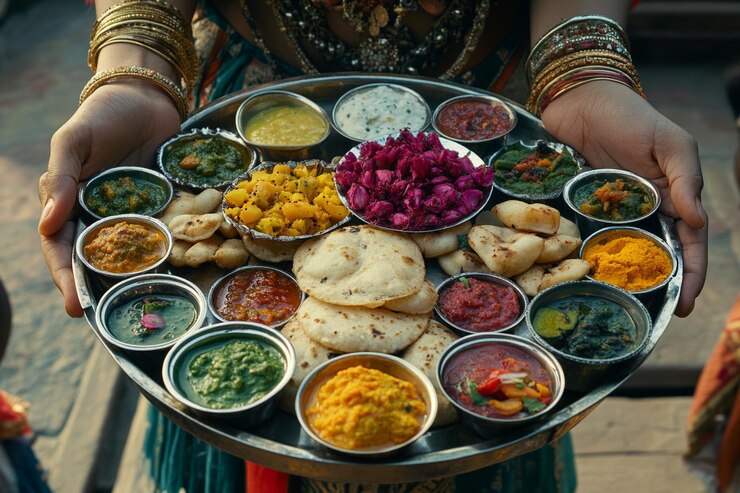
_____________________________________
A Culinary Tour of India: Flavours That Define the Nation
The Spice Symphony: Culinary Nations of India
Indian cuisine varies as much as its geography and therefore has a flavor profile of its very region. From the spice hot curries of Kerala to the rich butter chicken of Punjab and on, food in India is best savored with knowledge of spices used and origin-from the better-known bold spice blend of turmeric, cumin, coriander, and garam masala-to get them all together to make an explosion of flavors. Fun fact: You are not afraid of trying something you have never had before it’s Hyderabadi biryani or Goan fish curry. Every dish has a history of drawing from local cultures and what is locally available.
Street Food Travels: From Chaat to Vada Pav
To really experience India, one has to go on the streets. If you are in the capital town, you can really indulge in the taste of chaat-sour and piquant yet sweet and spicy all the same. Or just indulge yourself with a paratha from Paranthe Wali Gali, one of the famous lanes that has been selling north Indian flatbreads for over a century. Go south and it’s onto idli and dosa, a fermented rice cake served with coconut chutney and a tangy sambar. For an attack of hunger, indulge in the vada pav, this spicy potato fritter served in a bun when in Mumbai. It’s the local favourite bliss. The journey again is full of delectable delights wherever you go because every city has a street food culture.
Delights in the Desserts: Sweets from Every Corner
Nothing is ever really complete without having something sweet added to the meal. Perhaps not as difficult to choose, however, are the sweets and desserts of India. The three most favourite Indian sweets are gulab jamun, jalebi, and rasgulla. That creamy rice pudding known as payasam in the southern portion, flavored with cardamom and nuts and Mysore Pak-melting like a ghee-laden delicacy in your mouth. If you are one of those who cannot do without sweets, then you just cannot afford to miss these benne dosa from Karnataka and mishti doi from Bengal. The best part? Many of them are prepared during the festivals, which gives that cultural touch to every bite.

_____________________________________
How many languages is India speaking? A Linguistic Kaleidoscope
India’s Multilingual Heritage: More than 1,600 Languages!
The country has over 1600 languages. Among those, the Indian Constitution sanctions for the usage of 22 languages in the country. And it is a lingual heaven where that so-called hegemony of Hindi sits abreast the vast regional languages of Bengali, Telugu, Tamil, Kannada, and Gujarati. This kind of linguistic pluralism India should be proud of. Indians seem to pass through the day in multiple languages. For example, there may be those who use Hindi at work, regional dialect at home, and of course, there are bound to be others who are more teenagers and use English with peer groups.
The Lingua Franca of New India
This legacy of British colonial rule sees English act as a lingua franca that made the interaction between even persons from different parts of this vast country easy. However, English remains an integral part of the life of Indians in India today. While you would probably be okay talking only in English, a few basic phrases of Hindi or the local language will add much flavor to your trip.
Threated Languages: Preserving the Past
All these riches of languages find most of the lesser-known languages on the verge of extinction. Along with the less well-known languages which are likely to attract less new intakes, particularly in urban areas, there were the Konkani and Maithili and even the Sanskrit. Their preservation lies at grassroots levels through literature, cultural festivals, and even online. And this is in testimony that heritage-oriented India hand in hand with future-oriented India balances itself.
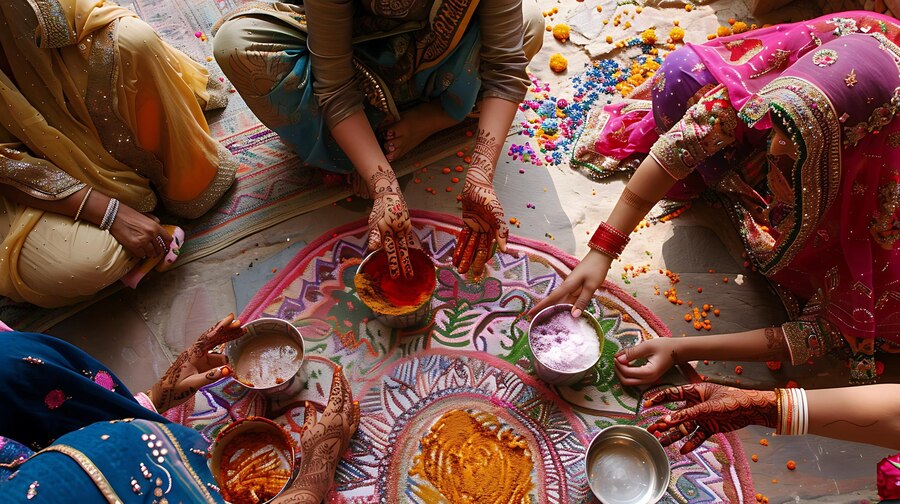
_______________________________________
Indian Culture: Mélange of Tradition and Modernity
Festivals: The Pulse of Indian Culture
India is always alive to a set of celebrations that takes place with the change of every season. Be it the dazzling lights of Diwali or the joyous colors of Holi, festivals are an integral part of Indian life. Eid, Christmas, and Pongal are feted with equal enthusiasm as any other religious function in India. Yet, another form of this multi-religious country of India is another form of it. All the cities turn dancing and music gods during Navratri but Durga Puja, especially in Kolkata, turns that city into an open art gallery. All these festivals are a kind of eagle-eye view of the vibrant spirit of India, where all the communities come together to celebrate.
Art, Music and Dance: Experiences of Soul of India
The dances like Bharatanatyam, Kathak, and Odissi are not dances but a narration that India has really revealed its soul. Whether it is the north Indian style of Hindustani or the south Indian style of Carnatic, there is something different with the classical music connect to the divine as it speaks. More modern beats are used in Bollywood music; it is highly up in the craze all over the world as it transforms traditional Indian music with modern beats. Experience an actual live performance of a classical piece or even a dance performance that is one of those human experiences that will stay long after the music’s over.
Indian Attire: Where Tradition Meets Style
The very essence of Indian style is such great respect for colorful fabrics that characterize its attires. Be it the grace of a sari or the comfort of a kurta and pyjamas, traditional clothing in India varies in every region. In 2024, Indian style will speak and say a lot more about making history from nothing but memories. Fusion wear is quite popular with the younger generation. So, the very traditionally made fabrics are accompanied by modern cuts and depict the spirit of new India. To carry a slice of Indian culture back home, a visit to a local market to buy handcrafted textiles or jewelry is absolutely a must-do.
Conclusion: The One of its kind India 2024
The people feel that there’s another country in every state with its old background and language and culture. With such massive diversity, India is one place in kind for the year 2024. Whether it is an ancient fort to visit your eyes, spicy street food touching your tongue, one phrase in one of the many regional languages entering into your ears, or dancing in festivals attuning your feet, India calls you to be a part of her story. You’d finally realize that the magic of India is not within the relics or the geography but is within the people-the feel of their tales and memories built together
______________________________________
FAQs
- Best time to visit Indian historical places?
The best time to visit during the cooler months between October and March, that is when the weather is quite nice enough to visit outdoor sites.
- Must-haves for the first-time visitor?
Start with butter chicken, dosa, biryani and street food chaat. And of course, it wasn’t even complete without the traditional dessert: gulab jamun.
- How many official languages does India have?
India has 22 official languages, which include Hindi as well as English, though over 1,600 languages are spoken around the country.
- Do Indians know how to speak English?
English is widely used at least in cities and tourist locations, so not really tough for foreign visitors to cope with.
- What makes Indian culture so special?
Indian culture can be the epitome of grand antiquity with more contemporary influence as well; it encompasses an extensive variation in range of festivals, and classical arts are also included, which confirms a colorful fashion that proclaims glorious heritage.
- What do ancient sites tell you?
Absolutely and not just Hampi but also Mandu and the temples of Khajuraho for an almost crowd free yet equally enriching historical experience.
- How do I experience Indian Festivals?
Do visit here during Diwali, Holi, or Durga Puja to feel the merriment of the festival itself. Most cities also host cultural events especially for international visitors.
- What are some DOs and DON’TS when visiting India?
DO respect religious customs, take off shoes before entering a home or a temple, dress modestly etc.
- Do I have to spend a fortune to see everywhere in India?
Yes! Lodgings, local eateries, and affordable transport in the form of trains and buses abound in India .
- What should I buy as souvenirs in India?
Presently, handicrafts and textiles, jewelry and spices galore etc. lie all the ingredients coming from folk art. It is a very good souvenir carrying a little heritage of India.
Come, join the journey, taste the flavors absorb the stories, India awaits you in 2024.

